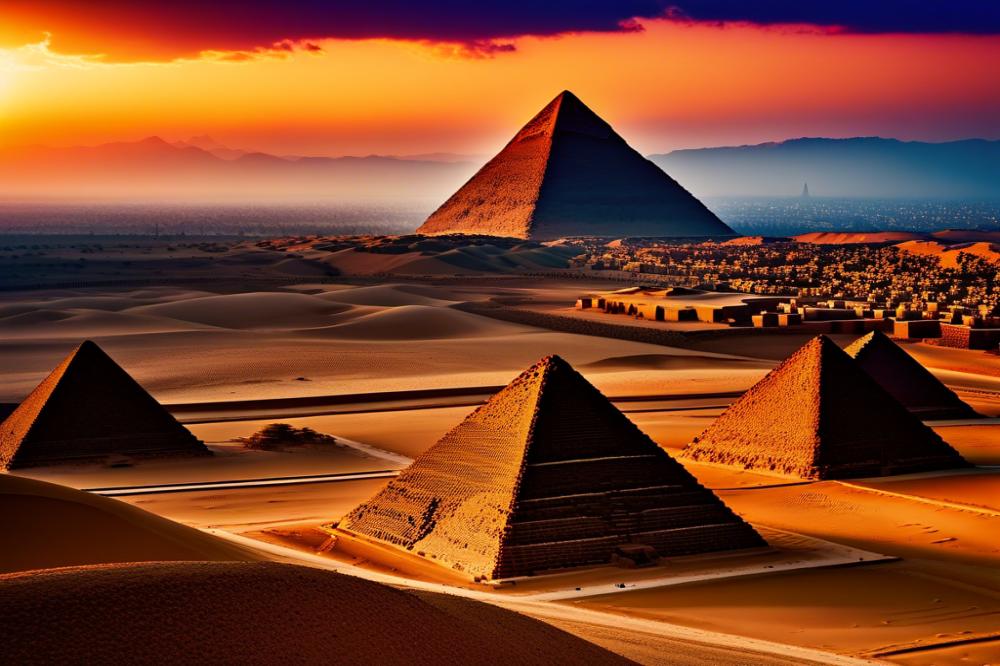Visiting the Pyramids of Giza on a Cultural adventure
The Pyramids of Giza stand as monumental gateways to the past, drawing travelers and history enthusiasts from around the world. These colossal structures are not merely tourist attractions; they are symbols of ancient Egyptian civilization and its incredible achievements. Built over 4,500 years ago, they reflect the ingenuity and ambition of a society that revered its leaders and the afterlife.
In ancient Egypt, the pyramids served as royal tombs, designed to honor pharaohs on their final journey. The wonder of their construction still captivates modern minds, prompting countless studies in archeology and engineering. Visiting these sites is not just about sightseeing; it’s an immersion into the depths of history, a chance to connect with a culture that has profoundly influenced humanity.
A journey to Egypt is often deemed a Cultural adventure, filled with opportunities for exploration and learning. The Giza Plateau, with its iconic skyline, offers a unique vantage point to witness history firsthand. Guided tours provide invaluable insights, allowing visitors to understand the significance of these ancient wonders. Engaging with local stories enhances the experience, making the visit memorable and meaningful.
Travel to this extraordinary land opens up a tapestry of history and culture. As you walk among these ancient structures, it’s easy to feel a sense of wonder and respect for the civilization that shaped the world. Whether you’re passionate about history, archeology, or simply looking for an unforgettable vacation, the Pyramids of Giza are a must-see destination.
The Pyramids of Giza
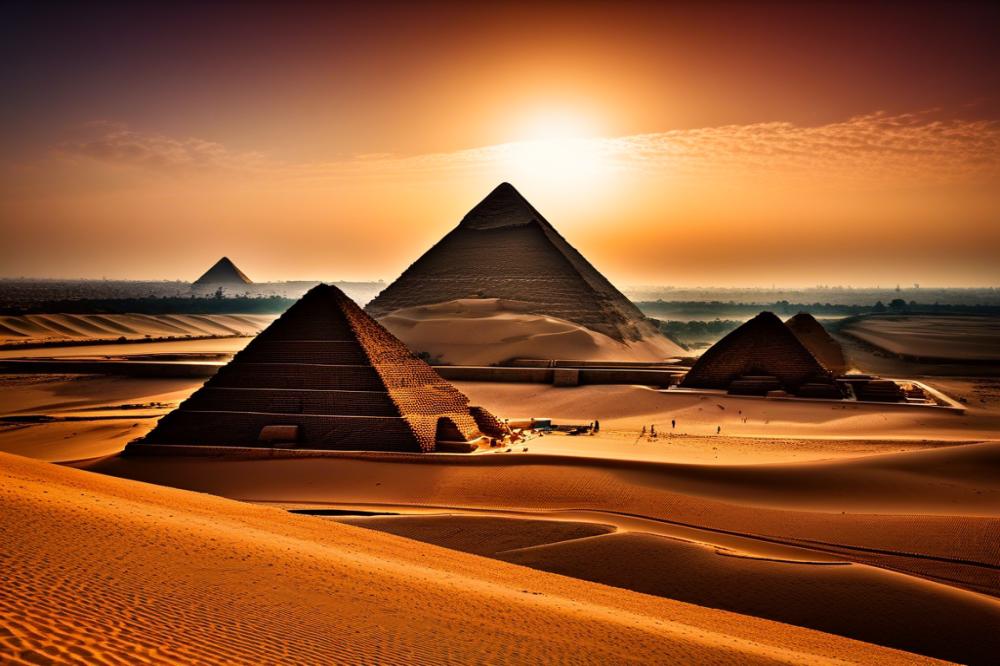
The Pyramids of Giza stand as monumental symbols of ancient Egypt. Among them, the Great Pyramid of Khufu is the largest and most famous. Khafre’s Pyramid, though slightly smaller, retains much of its original casing stone at the top, giving it a distinctive look. Menkaure’s Pyramid, the smallest of the three, still impresses visitors with its grandeur. Each structure is a testament to the incredible achievements of the Egyptian civilization.
These architectural wonders are steeped in history. Built over 4,500 years ago, they reflect a society that understood engineering like no other. When travelers visit these iconic sites, they encounter the might of a powerful empire that once ruled. The scale of these creations is truly breathtaking, which makes them top-tier tourist attractions on the Giza Plateau.
The construction techniques used by ancient Egyptians are fascinating. Workers employed simple tools and immense manpower to lift heavy stone blocks. Recent studies suggest that they may have used ramps to transport these stones into place. Ingenious methods allowed them to align the pyramids with such precision, a skill that seems almost impossible today. Sightseeing at these historic landmarks provides a unique glimpse into the ingenuity of ancient engineering.
Guided tours often delve into the cultural significance of each pyramid. Visitors learn how these structures are not just tombs but gateways to the afterlife in ancient beliefs. Many scholars and archeologists continue to explore their secrets, adding to the rich tapestry of history that surrounds them. Traveling to see the Pyramids of Giza is not merely a trip; it is an engagement with the very essence of ancient Egypt.
The Giza Plateau and its Surroundings
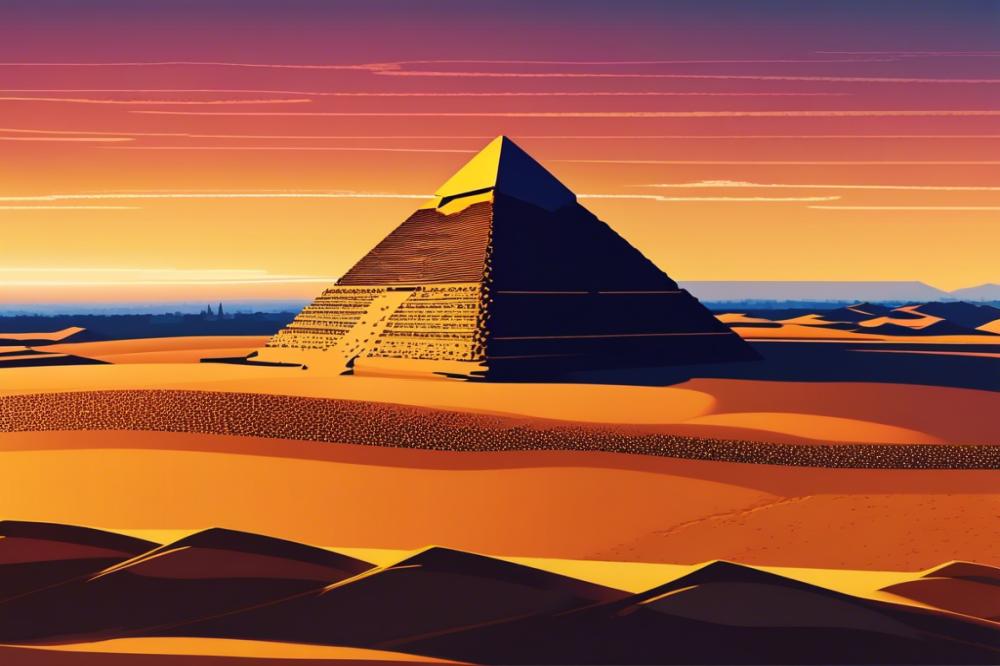
The Giza Plateau offers a fascinating glimpse into ancient Egypt and its impressive archaeological significance. Home to some of the most famous monuments, it showcases the remarkable achievements of the Egyptian civilization. These structures, built thousands of years ago, tell stories about human ingenuity and the era’s remarkable advancements in architecture and engineering. Exploring this ancient site brings history alive.
Visitors often marvel at not only the pyramids but also the Great Sphinx, an iconic statue with a human head and a lion’s body. This incredible monument stands guard over the Giza Plateau, capturing attention with its mysterious past. Nearby temples add to the unique atmosphere, allowing tourists to wander through remnants of ancient worshipping sites dedicated to gods. Each feature enhances the magical experience, making it a must-see for history enthusiasts and casual travelers alike.
Recommendations for Sightseeing Opportunities in the Area
Taking guided tours can enhance your understanding of the area. Knowledgeable guides provide insights that go beyond the usual travel brochures. Their stories about the pyramids and the Sphinx create a deeper connection to Egyptian culture. Plan for ample time to absorb the sights and sounds of the plateau. Early mornings can offer stunning views and less crowded paths.
Don’t overlook other attractions in the surroundings. The Solar Boat Museum features a remarkable ancient vessel, representing the importance of the afterlife in Egyptian beliefs. Nearby, the panorama view from Giza captures the entire plateau, framing it perfectly against the vast desert landscape. Other archaeological sites nearby, such as Saqqara and Memphis, should certainly be included in your travel itinerary. Each location contributes to a broader understanding of ancient Egyptian history and civilization.
Consider dedicating a full day for sightseeing on the Giza Plateau. This will allow you to explore the pyramids, the Sphinx, and the historical context surrounding them. Immerse yourself in the stories this ancient land holds. As you wander, contemplate the lives of those who built these wonders and their enduring legacy in today’s world. The essence of ancient Egypt thrives here, waiting for curious travelers to uncover its secrets.
Cultural Context and Egyptian Civilization
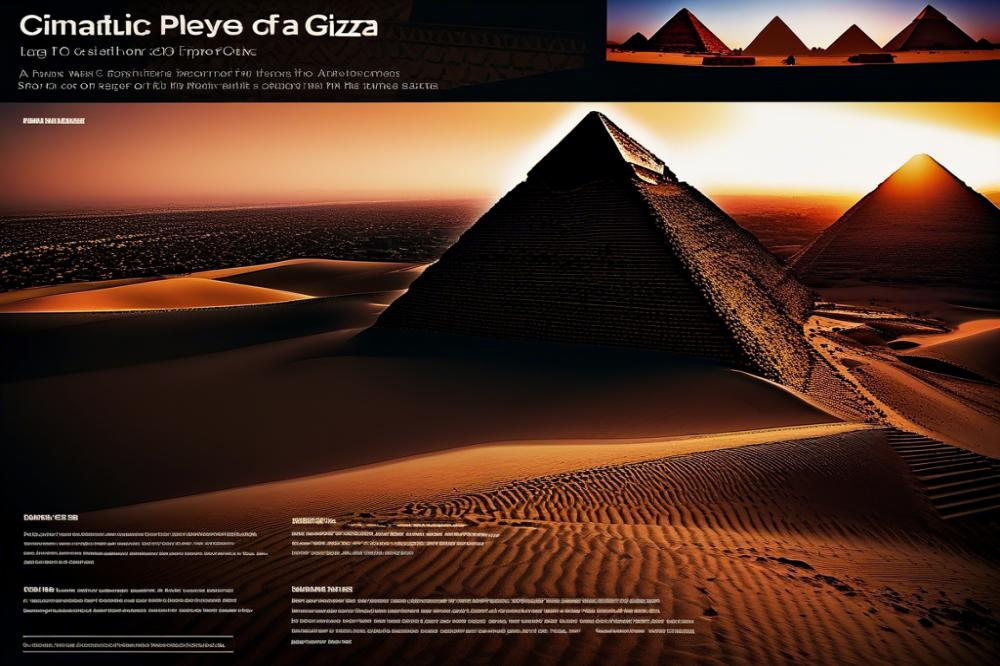
Traveling to Egypt is not just about seeing sights; it’s about diving deep into the rich history of ancient Egypt. The Pyramids of Giza stand as magnificent monuments that echo the grandeur of a long-lost civilization. This architecture reveals much about the society that built it. Life revolved around the Nile, and the annual floods brought fertility to the land. Agriculture supported the population, creating a surplus that allowed for the construction of these awe-inspiring structures.
Social hierarchy played a significant role in everyday life in ancient Egypt. Pharaohs were not just rulers; they were seen as divine. The pyramids served as tombs, where these leaders were prepared for the afterlife. Egyptians believed that a powerful afterlife was essential, and these tombs symbolized that belief. Grand funerary rituals accompanied this, showcasing the community’s values and traditions. Through guided tours, visitors can appreciate the social and religious aspects tied to these iconic structures.
Another important element of Egyptian civilization is its impact on culture and art. Hieroglyphics, the writing system of the ancients, tells stories of their gods and daily life. Temples and other artifacts provide insight into their beliefs. Tourist attractions like the Giza Plateau present unique opportunities to witness these practices. Uncovering this history opens doors to understanding human imagination and creativity. Archeology helps us piece together the past, providing a clearer image of how these ancient peoples lived and worshiped.
Visiting Egypt, particularly the sites around the Pyramids of Giza, allows travelers to connect with this incredible legacy. Knowledge gained from these experiences enriches our understanding of humanity itself. Ancient Egyptian civilization laid the foundation for many cultures that followed. Their innovations in art, science, and philosophy resonate even today. Tourists often leave with a newfound respect for this remarkable civilization, changing their perspective on history.
Guided Tours and Travel Tips
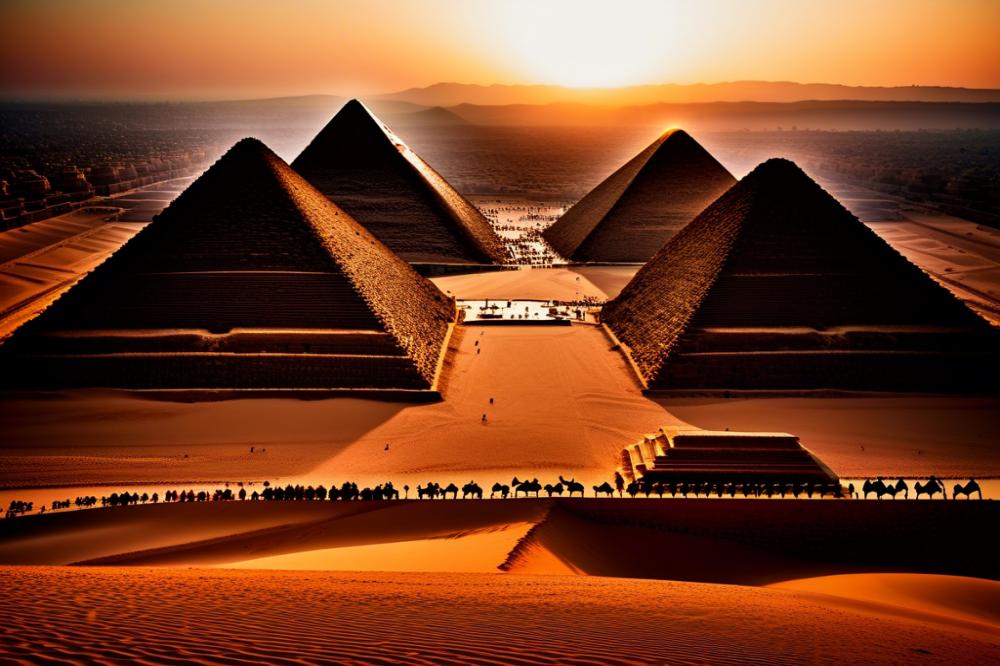
Benefits of Joining Guided Tours to the Pyramids of Giza
Joining a guided tour offers many advantages when exploring Egypt’s historic sites. Professional guides have extensive knowledge of ancient Egypt, making your sightseeing much more informative. You’ll get insights into the construction of these massive structures and the significance they hold in the Egyptian civilization. Additionally, a structured itinerary can save you time, allowing you to visit many attractions on the Giza Plateau in one day. Socializing with fellow travelers is also a perk, turning the experience into a shared adventure.
What to Expect During a Guided Tour
Guided tours typically start with a pick-up from your hotel, providing convenience right from the beginning. Expect to delve into rich stories of pharaohs and myths as you walk among the ancient monuments. Many tours include stops at important locations, such as the Sphinx and smaller pyramids nearby. A good guide will engage you with tales and answer any questions you may have as you explore. Don’t forget to bring a camera. You’ll want to capture every moment of this trip, considering the marvels before you.
Practical Travel Tips for Visiting the Pyramids
Timing plays a significant role in having an enjoyable visit. The early morning hours are ideal to avoid the heat and crowds. Winter months, from December to February, are also great for a comfortable experience. Dress appropriately for the weather. Lightweight, breathable fabrics will help you in hot conditions, while comfortable walking shoes are essential. Additionally, carry sunscreen and a hat for added protection.
Safety should also be a priority. Remain alert and avoid wandering too far from your group. It’s wise to carry a small amount of cash for local purchases and tips. Planning your visit wisely will enhance your adventure at one of the world’s most significant tourist attractions.
Embarking on a journey to the Pyramids of Giza promises an unforgettable experience where travel meets history in the heart of Egypt.
Experiencing Local Culture and Traditions
Traveling near Giza offers countless opportunities for cultural immersion. Visitors can explore local markets where the vibrant colors of spices and textiles catch your eye. Engaging with the vendors creates a rich experience beyond typical tourist attractions. Everyone you meet has a story, each filled with history and warmth.
Trying traditional Egyptian cuisine will delight your taste buds. Dishes like koshari and ful medames are must-tries. Enjoying a meal at a local eatery helps you connect with the community. Egyptian hospitality is welcoming and sincere, making you feel at home instantly.
Finding the right guides is essential for a deeper understanding of the Giza Plateau and ancient Egypt. Knowledgeable historians can unveil secrets of the past that you might miss otherwise. Guided tours often highlight archaeological sites along with the pyramids, offering fascinating context. When you hear their passionate stories, history comes alive in an unforgettable way.
Active conversations with locals reveal the daily life of the people living near these iconic monuments. They take pride in their heritage and enjoy sharing it with visitors. Learning about local customs deepens your appreciation for the Egyptian civilization. As you roam the landscape, the connection between the present and the past becomes clearer.
Wrapping Up Your Cultural Adventure
Visiting the Pyramids of Giza is not just a trip; it’s a journey into the heart of ancient history. You walk among the giants, feeling the weight of thousands of years on your shoulders. The stories these stones could tell are as deep and fascinating as the Nile itself. Each moment spent wandering through this iconic site can ignite a passion for exploration and knowledge. Every corner reveals a glimpse into a civilization that changed the world.
When you think of Egypt, consider the vastness of its cultural tapestry. The country’s history is rich, filled with tales of pharaohs, gods, and pioneering advancements. Exploring beyond the pyramids, visitors can discover bustling markets, ancient temples, and breathtaking landscapes. This journey not only enhances your understanding of the past but also deepens appreciation for modern life in a land where ancient traditions still flourish.
Travel can transform your viewpoint. It encourages you to look beyond your own experiences and appreciate the diversity of our world. The Pyramids stand as a testament to human ingenuity and the timeless quest for meaning. Each visitor adds a new layer to this ongoing story. Just think about it—every photograph, every conversation, becomes a part of the collective memory that these structures embody.
In summary, a trip to this magnificent site is an essential chapter in the book of travel. It beckons explorers of all ages to participate in a narrative that continues to unfold. As you embark on this cultural adventure, remember to embrace every moment. The Pyramids are not merely monumental structures; they are a connection to our shared human heritage. Let this journey encourage you to delve deeper into the wonders of Egypt and foster a lasting appreciation for its incredible history.

